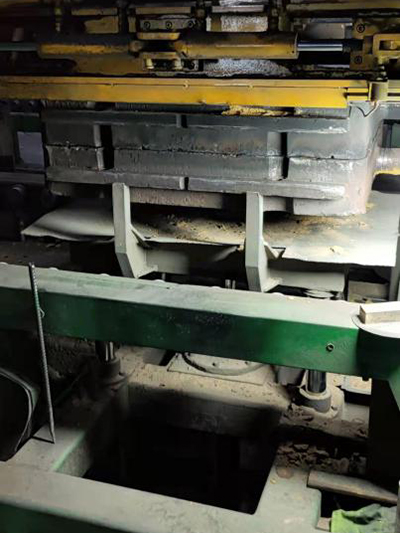The Art and Science of Sanding and Polishing Resin A Comprehensive Guide
Sanding and polishing resin is an essential process for achieving a flawless finish in various resin-based projects, whether they be artistic creations, functional items, or industrial components. This meticulous task not only enhances the aesthetic appeal of resin art but also improves the overall durability and clarity of the final product. In this article, we will explore the techniques, tools, and tips for effectively sanding and polishing resin.
Understanding Resin
Before delving into the sanding and polishing process, it is crucial to understand the types of resin commonly used in crafts and manufacturing. Epoxy resin, polyester resin, and polyurethane resin are popular choices, each with its unique properties. Epoxy resin, for instance, is favored for its strong adhesion and clarity, making it ideal for jewelry making and coating surfaces. Knowing the specifics of the resin used helps tailor the sanding and polishing approach.
Sanding Techniques
Sanding is a critical step in preparing resin surfaces for polishing. Start by allowing the resin piece to cure completely, which typically takes 24 to 72 hours, depending on the type of resin. Once cured, begin with coarse sandpaper (around 80 to 120 grit) to remove any imperfections such as bumps, bubbles, or uneven surfaces. Use a flat block or sanding sponge to ensure even pressure and avoid creating concave or uneven areas.
Progressively move to finer sandpaper, gradually increasing the grit up to 600 or even 1200 grit for a smoother finish. Each sanding phase should be followed by cleaning the surface with water or a cloth to remove dust and debris, which can create scratches during subsequent sanding stages.
sand and polish resin

Polishing for a Glossy Finish
After sanding, the next phase is polishing, which transforms the sanded surface into a high-gloss finish. Begin by applying a polishing compound specifically formulated for resin. You can use a buffing wheel attached to a rotary tool for larger pieces or apply the compound by hand for smaller objects.
For best results, ensure the buffing wheel is clean and free of contaminants. Work the polishing compound into the surface using a gentle, circular motion, gradually increasing speed until the desired shine is achieved. It's important to periodically clean the surface to monitor progress and prevent overheating, which can damage the resin.
Final Touches and Care
Once the polishing is complete, clean the surface thoroughly to remove any remaining polishing compound. For added protection, consider applying a clear resin topcoat or sealant, particularly for pieces that will be exposed to wear and tear, such as furniture or outdoor decor.
In conclusion, mastering the art of sanding and polishing resin not only enhances the visual appeal of your projects but also ensures they stand the test of time. With patience and the right techniques, anyone can achieve a professional-looking finish that showcases the beauty of resin art. Whether you're a hobbyist or a professional, these skills will elevate your crafting experience and the quality of your final product.
Post time:Samh . 06, 2024 17:58
Next:Characteristics and Applications of Foundry Sand in Metal Casting Industries
